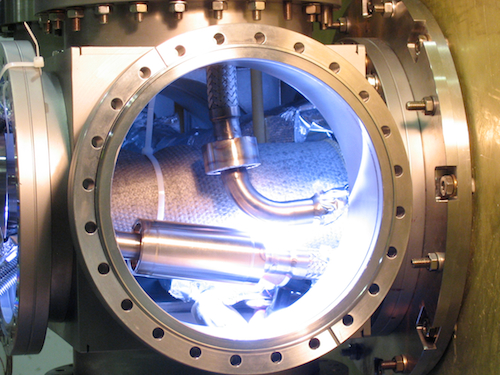Does antimatter fall up? Experiment could provide the answer
Ars Technica » Scientific Method 2013-04-30

How deep does the asymmetry between matter and antimatter go? Each type of particle (electrons, protons, etc.) have antimatter partners: positrons, antiprotons, and so forth. These antiparticles have an opposite electric charge (unless they're neutral), but otherwise behave much like their matter counterparts. But one interesting question remains unanswered: does antimatter possess antigravity, experiencing a repulsive force when matter experiences attraction? And, even if antimatter experiences plain old gravity, does it behave in exactly the same way as matter does?
Researchers from the ALPHA experiment at CERN realized their antihydrogen trap could help answer that question. By releasing antihydrogen atoms—consisting of an antiproton and a positron—they could measure whether the atoms fell up or down. Using data they had already obtained, the ALPHA team determined they didn't yet have enough data to rule out antigravity or strange behavior in antimatter.
That may sound like a weak result, but the experiment was not originally designed to perform this test. The implication is that ALPHA could be deliberately used to answer this question in the future, with mindful experiments designed to test the gravity of antimatter.
Read 8 remaining paragraphs | Comments